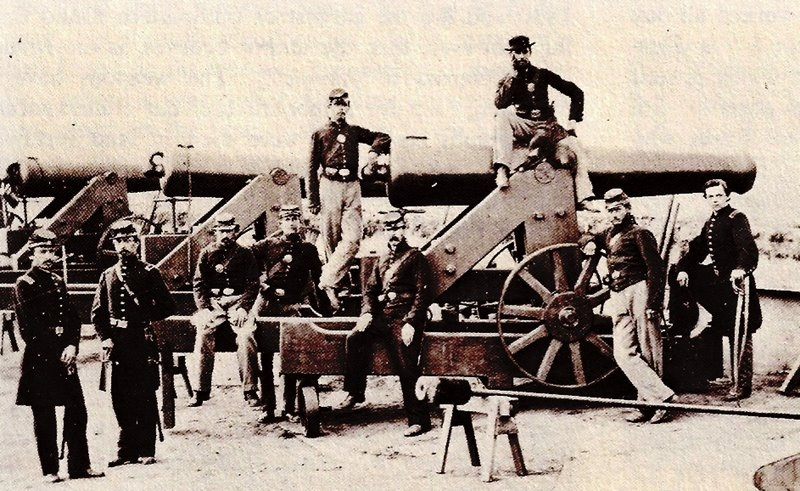The Battle of Selma
Wilson’s Raid in Alabama and Georgia (1865), was a military engagement near the end of the American Civil War. It was fought in Selma, Alabama, on April 2, 1865, a town of about ten thousand inhabitants.
Selma Alabama, in Dallas County, had become a major industrial and manufacturing center during the war and provided critical support to Confederate States of America infantry and naval forces. Situated on the banks of the Alabama

Ruins of the Selma Ordnance and Naval Foundry, which Union troops destroyed by fire on April 4, 1865.
River in a region far removed from the war’s major theaters, the Selma Ordnance and Naval Foundry produced war material until the final weeks of the conflict.
Union Army forces under Major General James H. Wilson defeated a Confederate Army force under Lieutenant General Nathan Bedford Forrest

Nathan Bedford Forrest

Major General James H. Wilson
Maj. Gen. James H. Wilson, commanding three divisions of Union cavalry, about 13,500 men, led his men south from Gravelly Springs, Alabama, on March 22, 1865. Opposed by Confederate Lt. Gen. Nathan B. Forrest, Wilson skillfully continued his march and eventually defeated him in a running battle at Ebenezer Church, on April 1. Continuing towards Selma, Wilson split his command into three columns. Although Selma was well-defended, the Union columns broke through the defenses at separate points forcing the Confederates to surrender the city, although many of the officers and men, including Forrest and Lt. Gen. Richard Taylor, escaped. Selma demonstrated that even Forrest, whom some had considered invincible, could not stop the unrelenting Union movements deep into the Southern Heartland.
Union troops rounded up hundreds of prisoners, but hundreds more escaped in the darkness down the Burnsville Road. These included Generals Forrest, Armstrong, and Roddey. To the west, many Confederate soldiers continued to fight the pursuing Union soldiers all the way to the eastern side of Valley Creek. They then escaped in the darkness by swimming the Alabama River near the mouth of Valley Creek (where the present day Battle of Selma Reenactment is held.) During his escape from the city, Forrest killed another Union trooper, the thirtieth he killed in personal combat in the war. Wilson lost 359 men in the battle, while Forrest lost over 2,700 casualties, mostly prisoners and 32 artillery pieces.
Jubilant Union troops looted the city that night. Wilson’s men spent the next week destroying the arsenal and naval foundry. Finally, they left Selma and moved on to Montgomery and fought the Battle of Columbus, Georgia on Easter Sunday, and finally marched to Macon, Georgia, when they learned of the war’s end. On May 10, they captured Jefferson Davis in Irwinsville, Georgia.
The Battle of Selma decimated the city and was one of many Confederate setbacks in the spring of 1865 that ultimately resulted in the Confederacy’s surrender.
Wikipedia contributors, “Battle of Selma,” Wikipedia, The Free Encyclopedia, https://en.wikipedia.org/w/index.php?title=Battle_of_Selma&oldid=769924750 (accessed March 30, 2017).
